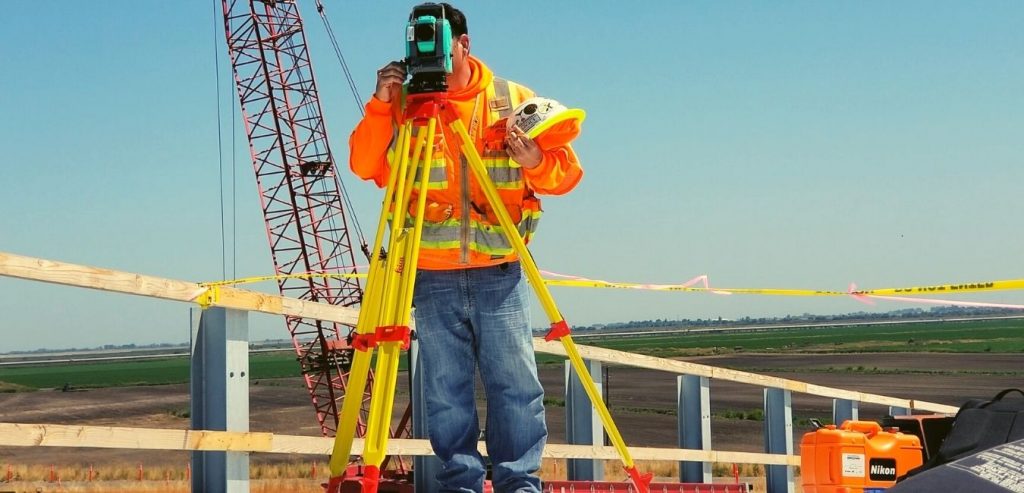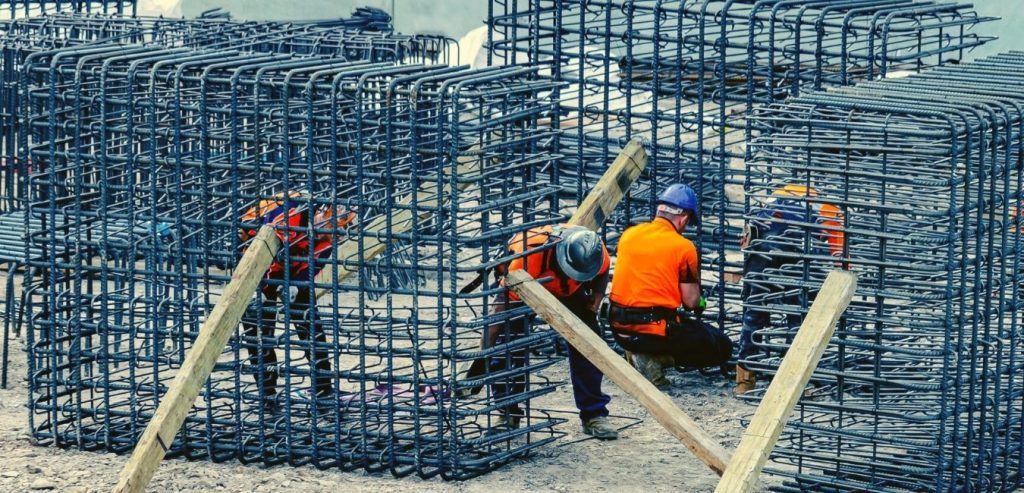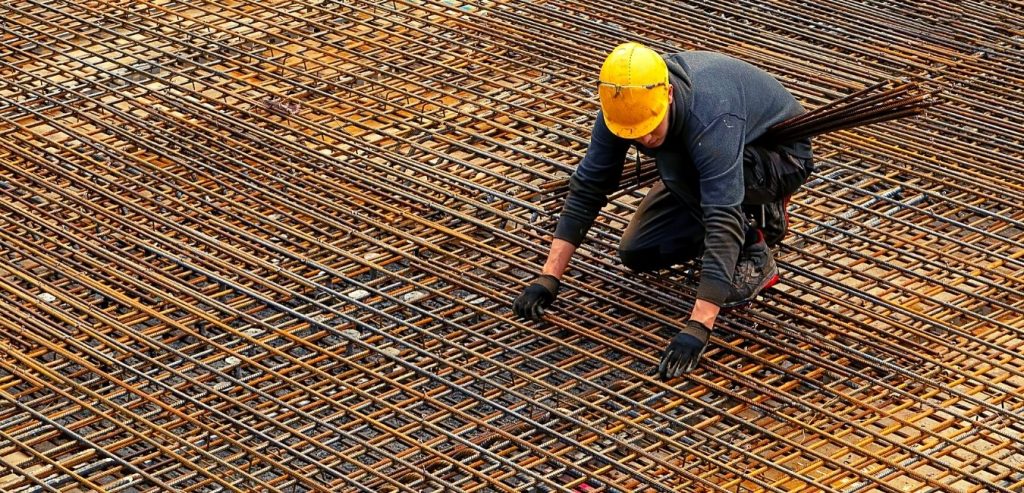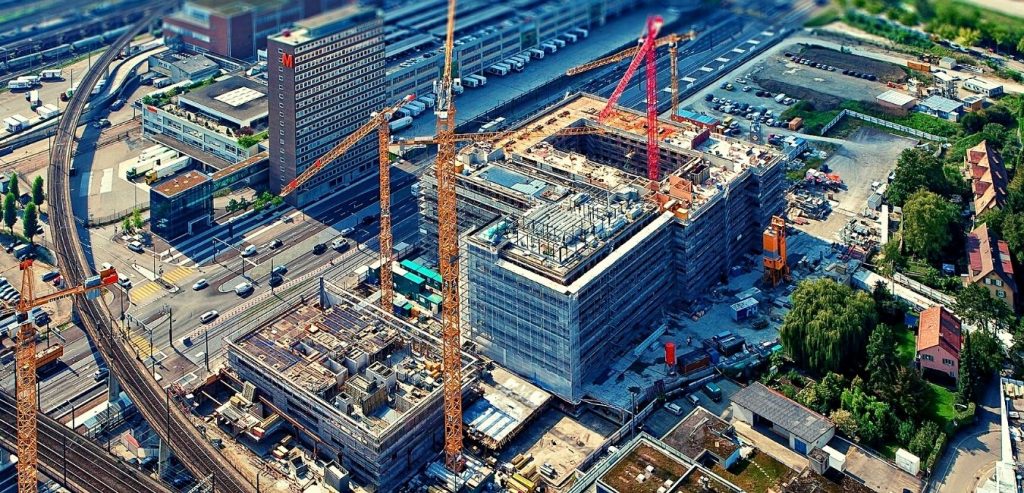Quantity takeoffs reflect a pivotal part of the decision-making process in construction. They make up one of the essential parts of understanding a project’s scope and requirements. Regardless of a project’s size, it is necessary to have a quantity takeoff. The type of data collected for quantity takeoffs and quality of analysis can either make or break a project. Quantity takeoff requires specialized skills in data management as a poor estimation of costs will affect the entire construction chain.
Table of Contents
What is quantity takeoff?
In theory, a quantity takeoff in construction estimates contract quantities from drawings and construction plans and recording them in the Bill of Quantities. However, in construction practice, the term construction takeoff refers to the process whereby a construction cost estimator reviews the drawings and plans to forecast upcoming construction costs. Standard documents used in construction takeoffs are architectural, structural, electrical, and site water reticulations.
Quantity takeoffs have many other names, and many people use these names interchangeably. These names include:
- Construction takeoffs
- Material estimating
- Material takeoffs
- Material counts
- Quantity surveying
- Estimating takeoffs
- Earthwork takeoffs

The importance of quantity takeoffs
Quantity takeoffs contribute a significant aspect of estimation costs. The accuracy of quantity takeoffs is reflected in the overall construction costs. We will discuss the importance of quantity takeoffs below.
Cost tracking
It is easier to track construction costs with accurate quantity takeoffs as you have a clear picture of the money you need to spend; this helps in decision-making and avoiding budget overruns. With proper quantity takeoffs, you will have room for unexpected expenses. One can easily anticipate the labor, equipment, and materials for all building elements.
Communication
Everything in construction boils down to cost. Clients always want ways whereby they can optimize their money. Accurate cost estimations boost clear communication that keeps clients updated. This, in turn, leads to winning the client’s trust. The client will have a track of the project and its expenditures.
Winning more bids
To ensure that you win the correct bids, you must thoroughly research your cost estimates and write them to give you an upper hand against your competitors. The constancy of a contractor in coming up with accurate takeoffs reflects on their efficiency in work, and therefore they will end up winning more bids. Quantity takeoffs appear tiresome at first, but they can be the formula for winning more bids when critically examined.
Time management
Quantity takeoffs affect the budgetary decisions of a project and the client’s decisions in contractor selection. Selecting a contractor is a tedious process, but takeoffs save the time wasted on rectifications if accurately done. The project also runs seamlessly as cost overruns bring about fewer project delays.

Types of quantity takeoff
The onset of technology in the construction industry has revolutionized how we conduct the quantity takeoffs process. However, this does not negate the human element in takeoffs. We have two significant types of quantity takeoffs, as discussed below. These are manual and digital takeoffs.
Manual takeoffs
This is the oldest material takeoff form. When a construction estimator computes an estimate without the aid of cost estimation software, they use the manual takeoff method, even if they apply excel spreadsheets or Microsoft word processors. At the most basic levels, manual estimates involve reviewing the scope of work and specifications as presented in the contract drawings and documents. The estimator then takes measurements from those documents and determines accurate work measurements needed to build a structure. The estimator must be able to read project plans and match them to the specifications. The cost estimator needs to be keen to ensure they miss nothing in the estimation process.
Pros of Manual Takeoffs
As much as digital takeoffs have far more advantages than manual takeoffs, there is no machine substitute for a cost estimator. Manual takeoffs have benefits such as:
- It leverages a lot of insight from cost estimators who have a lot of experience.
- It is used as a good check of the digital takeoffs.
Cons of Manual Takeoffs
Manual takeoffs have a few drawbacks, as we will discuss below:
- It is slow: The apparent defect in manual takeoffs is a lag in time whereby there is wasted time manually keying in the figures on a worksheet.
- Reduced accuracy: There is also a reduction in accuracy compared to the digital takeoffs.
Digital takeoffs
Digital takeoffs using computer applications and database applications were relatively new with emerging technologies, but they are now widely used in the construction industry. Digital takeoffs are superior to manual takeoffs due to their speed and efficiency. Digital takeoffs utilize digitizers, electronic devices that take measurements from drawings and input the data directly into computer programs. They can scan pictures regardless of the size it’s placed on. Digital takeoffs can be a complex and involved process, and, therefore, it needs a highly attentive technician to apply the cost-based results in software applications properly.
Digital takeoffs have some advantages and disadvantages, as we will discuss below.
Pros of Digital takeoffs
- Digital takeoffs are more accurate than manual takeoffs. They take information directly from the drawings presented, adding a layer of redundancy. This ensures the cost estimator has not missed anything.
- They take lesser time to produce. This reduces the labor costs associated with performing a quantity takeoff and allows the contractor to look for other available opportunities. The turnaround time on digital takeoffs is impeccable.
- Digital takeoffs do not need as much specialization as manual takeoffs conduct. In a manual estimate, the cost estimator must be experienced and knowledgeable in interpreting drawings and blueprints. However, in digital takeoffs, all this data is fed into the software. The software has in-built functions integrated within it to solve these drawings and perform complex calculations.
Cons of Digital takeoffs
Some of the cons of digital takeoffs are as discussed below:
- The accuracy of this method is directly related to the drawings presented. Digital takeoffs can produce errors if you get calculations, counts, or measurements wrong.
- Another downside is the enormous size of drawings that need to be scanned. The digitizer is enormous, and the information needs to be made accessible at once.
Quantity takeoff vs. material takeoff
Quantity and material takeoff are typically used in the industry to refer to similar processes, whereas they inherently refer to different things. Material takeoff is constrained to the quantity of material one needs to purchase to complete a particular project. Quantity takeoffs include material takeoffs as well as anything else the project might need for successful completion.
In cost estimation, we generally calculate quantity takeoffs are calculated in “net quantities,” whereas we evaluate material takeoffs in “gross quantities.” Most of the items measured in quantity takeoffs do not involve materials. For instance, activities like troweling are labor prices that are inclusive of the quantity takeoffs. Quantity takeoff, therefore, considers work activities as a series of quantified items in a project.

Who is involved in a quantity takeoff?
All the staff involved in the front-end planning of a project should be involved in the quantity takeoff process. The quantity takeoff is a critical step that begins from the preconstruction stage during bidding to develop a realistic contract with the correct information.
No matter the scale of the project, the first step is in calculating how much a project will cost and the materials needed for the project. The key staff involved in quantity takeoffs are architects, contractors, cost estimators, and engineers. Accurate bids help contractors arrive at accurate takeoffs for a project. Depending on the project type, a project might need more staff to oversee the quantity takeoffs in a project. These include: –
- Urban master planners
- Home renovators or residential home builders
- Rail transportation engineers
- Landscapers
- Highway engineers
- Utility contractors
Cost estimation requires a lot of skill, experience, and patience. It is a vital component in project proposals and dramatically influences the success of a project.
How to do a quantity takeoff? An example.
Like all other aspects of construction, performing a quantity takeoff is a skill that is perfected through time and experience. The takeoff formula is subdivided into two parts, the input and output, whether conducted digitally or manually. We can perform takeoffs manually but prefer digital quantity takeoffs errors in the preliminary stage can snowball into future costly mistakes in the project.
Input
To achieve good quantity takeoffs, you need to feed the correct data into your takeoff models. Whether you are working by hand or digitally, it is crucial to managing your input correctly. You can use software solutions to give you high-quality planning solutions.
In most cases, the cost estimator is not responsible for preparing designs and concepts in a project, and they need to trust the data presented. This makes a design review necessary to test the accuracy of the data presented. Software solutions also have model checks with clash detections to check the validity of the models offered.
Output
The output stage converts the concepts from the data presented into the physical requirements necessary for the project. This is where one creates actual estimates and figures to give life to a project. It is also essential to have accurate material estimates at this stage. This data is then used when placing construction bids, and the more detailed the data, the more successful the submissions will be.
The key focus throughout the output stage is identifying materials, quantifying the data, and aligning it into a pricing system.
Let us consider an example of performing a quantity takeoff on a masonry wall.
- First, we will calculate the net surface area of the wall in (ft2 or m2) from the structural drawings. In calculating the site, we need to exclude the openings and avoid double-counting the corners.
- We will then calculate the surface area of a single brick, including the mortar joint.
- We will then divide the net surface area of the wall to the surface area of the brick and determine the bricks needed for the wall.
- We then add a waste factor of 2- 10%.
This is a simple example of takeoff calculations in construction.

What is included in a quantity takeoff?
A quantity takeoff is a mathematical exercise. One needs to extract values and figures from the input side of the calculations and develop quantities in the output side of the measures. This will create a base estimate added to the labor, equipment, and overheads to derive the total cost estimate. The takeoff will also include any prefabricated material necessary for the project.
The principal challenge quantity surveyors encounter is taking two-dimension plans, converting them into three-dimensional images, and coming up with takeoffs. Below are some of the values included in a sample quantity takeoff.
- Unit count: This is one of the most straightforward takeoff tasks. The cost estimators count the costs of single units when planning for a project. They calculate the unit figures and multiply them by the unit prices to arrive at the total costs.
- Linear length: The length is specific to materials like piping, steel, and timber. It is almost impossible to calculate the unit size of such materials, and therefore value is computed in terms of unit length. The cost estimators then calculate the combined unit length and develop a gross weight of total costs.
- Surface area: As in the masonry example we computed above, the surface area calculation remains an essentially two-dimensional task. The cost estimators measure the value of length and width and use it to calculate the surface area.
- Weight: Weight is essential when calculating transportation costs. You will often hear about steel tonnages and the weight of backfills in the takeoffs quantification.
- Cubic volume: This is where the three-dimensional aspect of quantity takeoff falls into play. Examples of quantities that need quantity takeoffs are earthworks and concrete pours.
What isn’t included in a quantity takeoff?
To avoid mistakes in quantity takeoff, the estimator should be aware of some of the materials that need not be included in the figures. Some of the values are handled later during the overall cost estimation process. Some of the data that is not included in quantity takeoffs includes:
- Transportation costs
- Loading and unloading costs
- Scaffolding
- Lapping and waste materials
- Stripping formwork
FAQs
Below are some of the answers to the frequently asked questions concerning quantity takeoffs.
What stage in the project should a quantity takeoff take place?
Calculations of quantity takeoff is a critical stage in construction. Most contractors rely on quantity takeoffs to come up with a detailed cost estimate for a project. They then use the cost estimates when bidding for projects. Quantity takeoffs are therefore conducted during the preconstruction stage of a project. Due to design changes and client needs changes, the cost estimator will have to make frequent changes to the quantity takeoffs.
Why ensure quantity takeoffs are done right?
One might be tempted to skip some aspects of quantity takeoffs, but this will defeat the entire purpose of the process. Accurately computing quantity takeoffs ensure that a project stays within budget. However, if quantity takeoffs are not performed accurately, it might mean that the project will cost higher than it should. There might also be a surplus of unnecessary material. It can also lead to an extended project timeline. Quantity takeoffs are time-consuming, but it is worth it getting them right the first time.
What is the difference between a quantity takeoff and a complete detailed estimate?
A quantity takeoff considers the items required to complete a project. The quantity takeoff is heavily detailed and complex, but the detailed estimate would be useless without it. The quantity takeoff is the first step in arriving at a complete estimate as it feeds the detailed estimate. The total estimate is a combination of all assessments needed to complete the project.
What is BOQ (Bill of Quantity)
The Bill of Quantity is a document prepared by the cost consultant, typically the quantity surveyor. The BOQ has measured quantities of the work identified in drawings and specifications. The Bill of Quantities is issued to tenderers to assist them in calculating the construction costs for their projects. It provides for a fair and accurate system for contract tendering.
How much time will I save using digital takeoffs?
It is hard to quantify the actual time savings, but on average, digital estimation is 3-4 times faster compared to manual takeoffs. One can then use this extra time to focus on other projects.
Summary
Quantity takeoffs are necessary for understanding the overall project scope and project budget. Adopting the right technologies gives one a realistic understanding of what is expected to achieve a project’s overall goal.
Software solutions such as Proest give some of the best takeoff services coupled with detailed accuracy. Cost estimators with years of experience can leverage emerging technologies and receive more accurate data. Using digital takeoff models eases the cost estimation process with huge savings on time. It also significantly increases the chances of winning a bid. One can avoid rework and speed bumps in the construction process.

